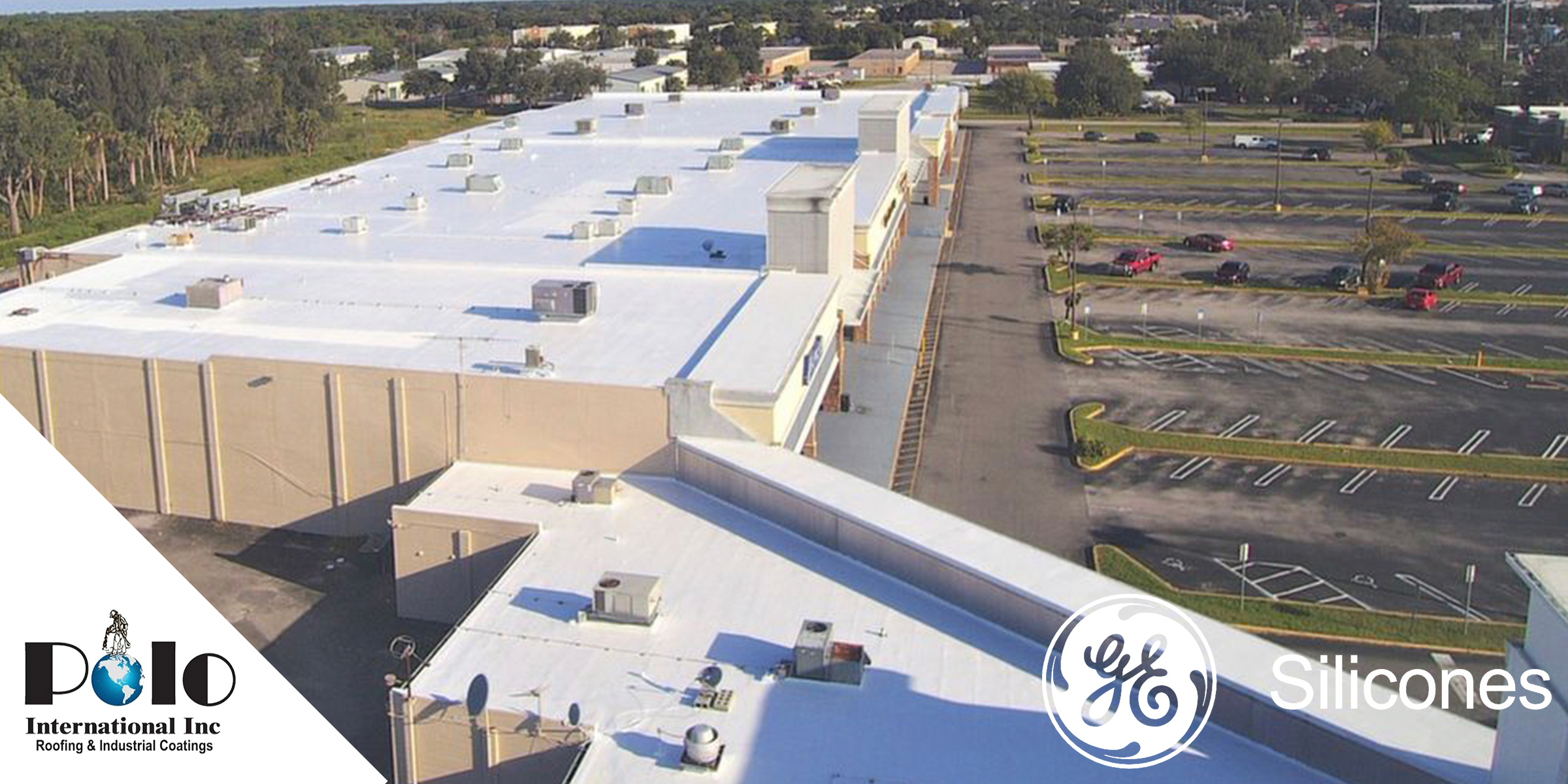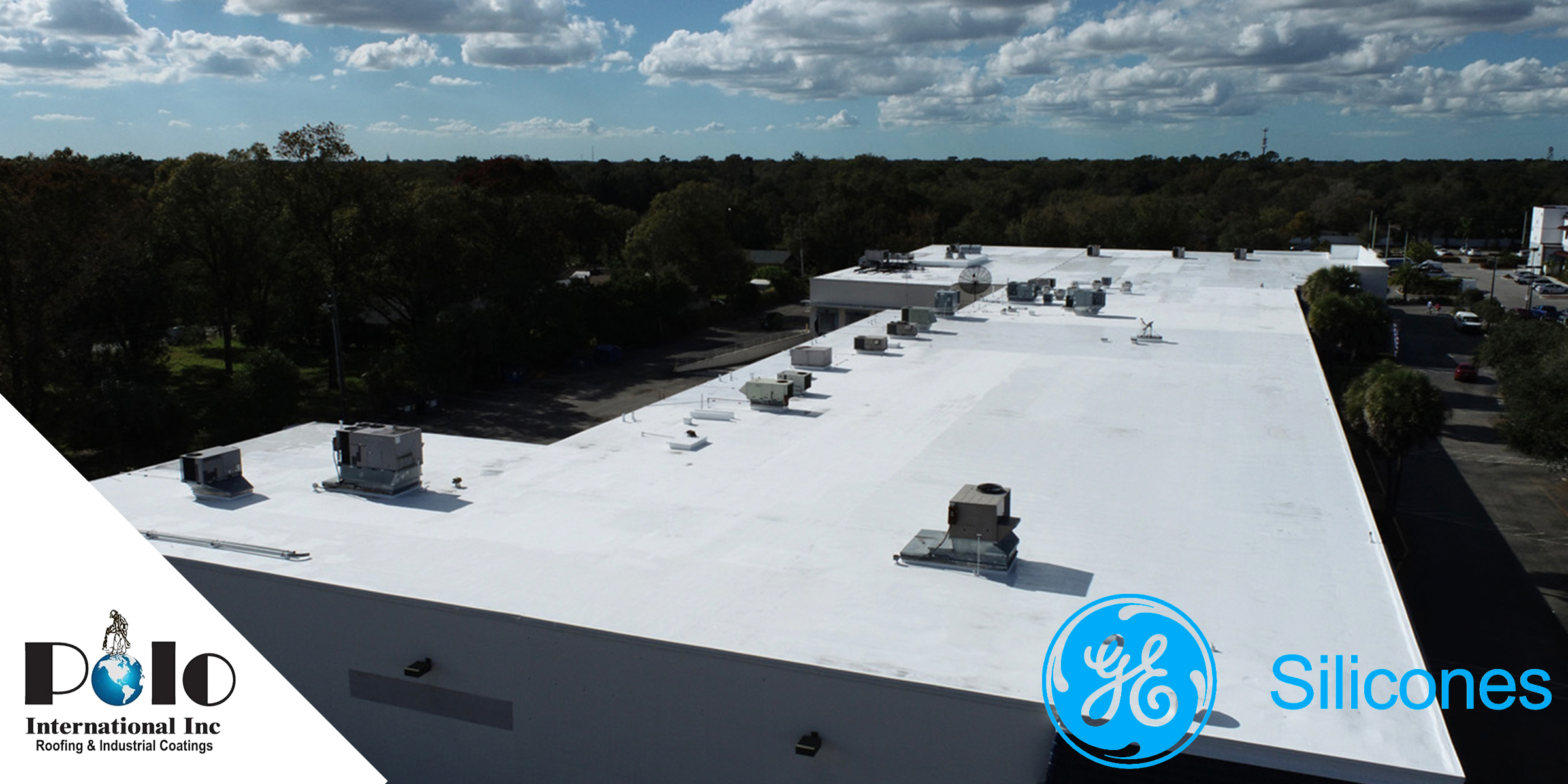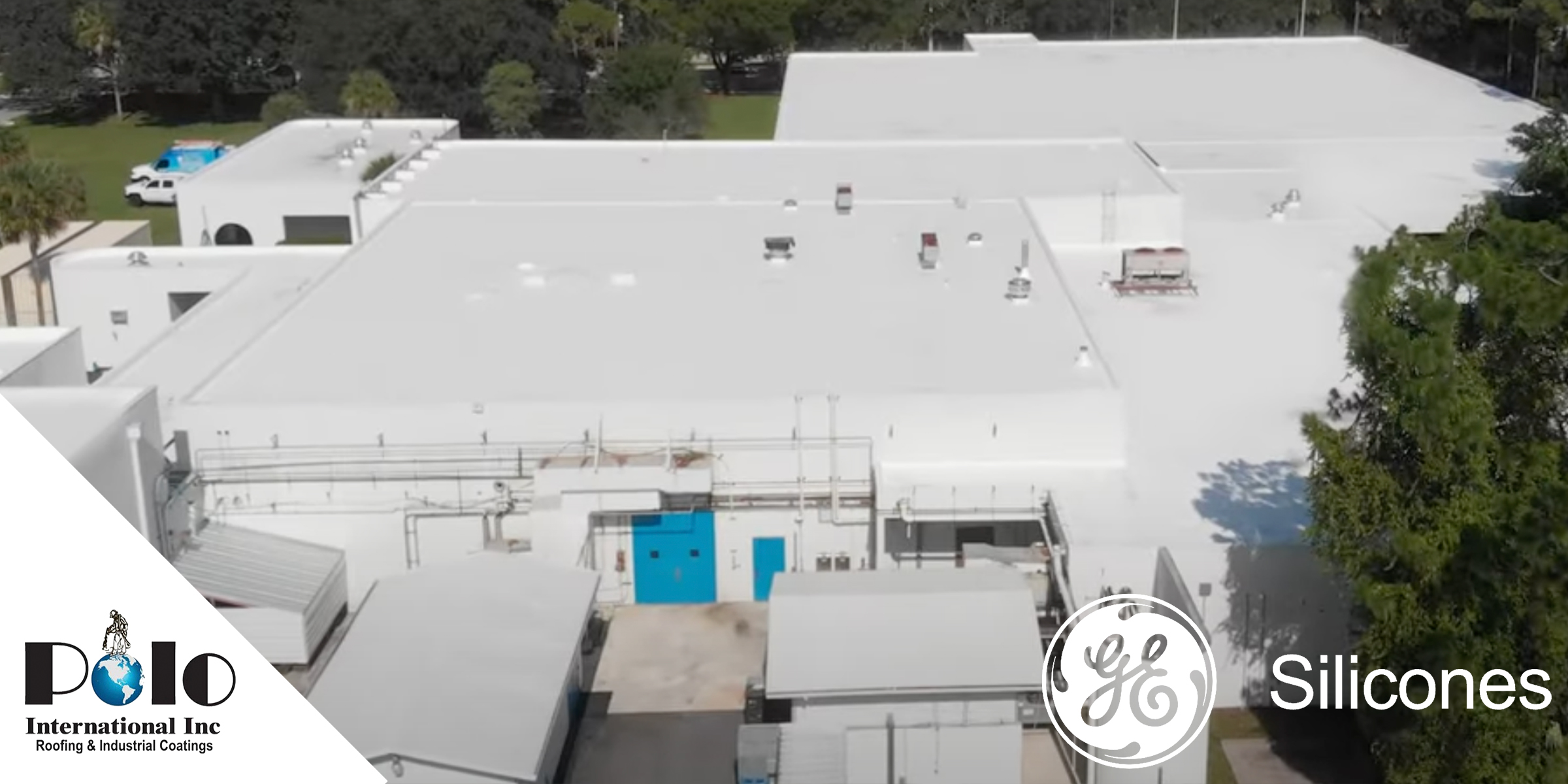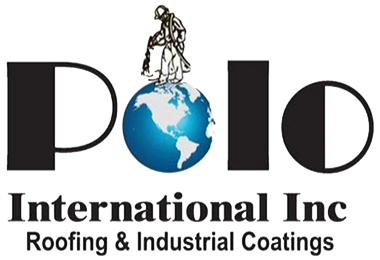
What differentiates Spray Polyurethane Foam (SPF) roofing from other insulation solutions? As commercial buildings grapple with the challenge of soaring energy costs, efficient insulation is imperative. SPF roofing, utilizing a seamless application with commendable insulating qualities, emerges as a remarkable solution to these challenges. This roofing system, by spraying a liquid that expands into a solid foam layer, offers unparalleled insulation.
Polo International is adept at recognizing the distinct needs of commercial and industrial property stakeholders. Our proficiency in applying polyurethane roof coatings ensures safeguarding against temperature shifts while curbing energy usage. SPF’s scientific framework, backed by leaders like GE Silicone, Carlisle, HENRY Co, and Everest Systems, yields a roofing system that is not only long-lasting and robust but environmentally sustainable as well.
In the current competitive landscape, a roof that is as cost-effective as it is functional significantly impacts financial metrics. Exploring our commercial roof coating cost guide reveals the advantages of SPF technology, which enhances your building’s efficiency and fortifies it against environmental elements. Understanding the cost of roof coatings vs. replacement is vital as SPF offers both insulation and durability.
Insulation principles focus on minimizing heat transfer to boost energy efficiency and comfort. Spray foam roofing is among the top insulating techniques for commercial spaces due to its unique characteristics. It primarily counters conduction and convection heat transfer.
Conduction describes heat traveling through solids, which an insulated roof can minimize. Spray foam insulation stands out in this area due to its dense, closed-cell makeup that impedes heat flow and provides superior thermal resistance, or R-value. Renowned manufacturers such as GE Silicone, Carlisle, HENRY Co, and Everest Systems offer spray foam solutions with high R-values, hence lowering energy bills.
Convection, alternatively, refers to heat shift through fluids like air or water. Spray foam’s capability to seal and fill gaps combats this by significantly cutting air infiltration. This is crucial in roofing since gaps in traditional materials can result in energy losses.
Moreover, spray foam boosts a building’s resistance to temperature swings through its seamless application, eliminating thermal bridges. Its adaptability allows application onto diverse surfaces, accommodating complex designs without sacrificing insulation efficacy.
Beyond temperature moderation, spray foam acts as a moisture barrier, preventing water infiltration. This crucial feature keeps buildings dry, safeguarding against mold and enhancing insulation longevity.
In overview, spray foam roofing addresses heat transfer through conduction and convection, guaranteeing energy efficiency and climate control. Its adaptability and superior thermal resistance make it an optimal choice for commercial roof insulation.
Exploring the dynamics of spray foam, we find polyurethanes used in SPF systems offer both high-performance insulation and effective roofing, critical for commercial buildings’ protection.
SPF’s foundation lies in combining a polyol resin and an isocyanate to form a durable foam. It expands up to 20 times its initial volume, filling crevices and providing a seamless layer, reducing thermal gaps, and air seepage for energy efficiency.
SPF’s high R-value, gauging thermal resistance, translates into significant energy savings and stability in internal temperatures, reducing heating and cooling costs, thus aligning with sustainability and reducing operational expenses.
The outer layer generally consists of protective elastomeric coatings, such as Silicone or Acrylic from GE Silicone and Carlisle, boosting the roof’s resistance to harsh conditions. Particularly, silicone coatings offer excellent flexibility and water impermeability.
Silicone coatings are ideal for cities like Phoenix, AZ, or Miami, FL, struggling with extreme weather. These coatings curb roof degradation from UV and thermal cycling. Features such as high reflectivity mitigate urban heat islands—a notable benefit for cities like Los Angeles.
SPF density adjustments for varied needs—from high-density for roofing to lower-density for walls—demonstrate its versatility in diverse architectures and conditions.
Manufacturers like Everest Systems enhance SPF with reflective properties, reducing heat absorption while supporting urban heat mitigation efforts.
Ultimately, spray foam offers a comprehensive solution for commercial needs, integrating insulation, sustainability, and durability. HENRY Co. and others deliver extensive systems for demanding building requirements. Understanding these dynamics helps stakeholders make informed roof investment decisions for long-term performance.
FAQ Section: Insulation at Its Best: The Science of Spray Foam Roofing
What contributes to SPF’s superior insulation capability?
SPF expands upon application, filling gaps that traditional insulation misses, creating an airtight seal that lowers heat transfer remarkably. Its high R-value per inch ensures top-notch insulation performance.
How is spray foam roofing performance scientifically assessed?
Efficiency is measured through R-value, air infiltration rates, and lifecycle savings. Studies underscore SPF roofs’ energy conservation, validated by durability and moisture resistance tests from reputable manufacturers like GE Silicone, Carlisle, HENRY Co, and Everest Systems.
What roofing options are best for tight budgets?
While initial SPF costs might exceed traditional materials, it offers long-term savings through energy efficiency, reducing bills significantly, outweighing upfront expenses. Alternatives like vinyl or membranes offer limited savings or longevity.
SPF roofing excels in today’s commercial landscape, effectively controlling heat transfer through its insulation properties and adaptability. Major manufacturers such as GE Silicone, Carlisle, HENRY Co, and Everest Systems provide advanced products to boost these benefits, making SPF roofing not only insulating but durable and energy-efficient. Whether it’s urban retrofits in New York, agriculture in Iowa, or historic renovation in Boston, spray foam suits various needs perfectly. By sealing structures and decreasing energy consumption, SPF aligns with sustainability goals, offering significant financial savings and better building performance as a prominent choice in roofing innovation.



